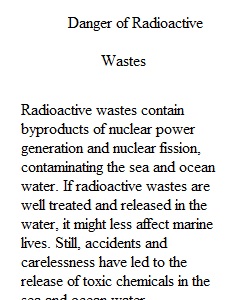


Q Effective Introductions A good opening paragraph draws readers from their world to your world. It will satisfy several requirements: • It focuses readers’ attention on your subject and arouses their curiosity about what you have to say. • It specifies what your topic is and implies your attitude. • It provides a thesis statement. • It is concise and sincere. Openings to avoid • A vague generalization or truth: “Throughout human history…” ;“In today’s world..” • Flat announcement “The purpose of this essay is…”; “In this essay I will…” • A reference to your title “This is a big problem”; “This book is about the history of the guitar” • A dictionary definition “According to Webster…” • An apology “I am not a good writer…”; “I am not an expert in the field, but…” Conclusions Activity 1. Warm-up : Look at Little Seagull’s advice about conclusions in section W-4e “Opening and Closing Paragraphs.” Answer three questions: • What exactly is the reiteration of “the main point” that Little Seagull says this intro starts with? • What exactly is the “call to action” that Little Seagull says it ends with? • What would you do to make sure your conclusion was not boring or dull? Activity 2. Compare your finding with the recommendations of this website: http://writingcenter.unc.edu/handouts/conclusions/ (Very helpful!)
View Related Questions